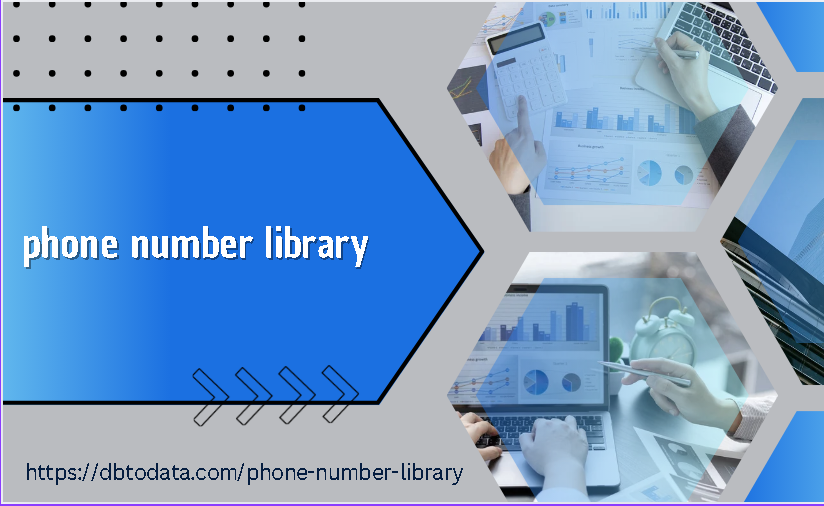Marketing manages the sales process of potential buyers for a company and its products and sales. Social media has fundamentally changed this model. Today, most companies leverage social media to increase brand awareness. For marketers, social media is a channel to drive engagement with marketing content. But it comes at a price, literally. Companies that reach their target audience on social media often do so through paid and/or sponsored content. Paid social media can increase reach, but it may not increase buyer engagement.
In response, many organizations have taken an organic approach to amplifying content. In theory, employee engagement programs increase brand impact by having individual contributors share corporate marketing content. But activating your employees with the same content on the same day doesn’t ring true to potential buyers.
Social selling offers an alternative to employee engagement programs. Sellers can use third-party content to help them build their brand while enhancing their corporate brand. When sellers become ambassadors for their brand, they build trust with buyers and increase the impact of their corporate content.
Modern buyers expect personalized, authentic, and meaningful engagement. Here’s how your social selling program can deliver on that expectation.
Understand that less is more
Let’s get into the buyer’s perspective first. Their news feeds are filled with corporate content that often doesn’t resonate. Most buyers keep scrolling because they don’t want a sale. Before a “buyer” is ready to become a customer, they want to educate themselves, and many times this is achieved through social.
Sales reps can’t rely solely on company content to build relationships. Company content has its time and place, but first and foremost, your sales reps need to establish themselves as human, trustworthy, and benin phone number library thought leaders. Sellers are best positioned to build their brand when they share content that best reflects who they are and is relevant to their followers. Third-party content enables sales reps to do just that.
When sellers stop posting company and product specific content, they start providing more value to their audience. This is a win-win for business marketing because engagement rates increase when sellers diversify their posts.
Help sellers show their human side
The best-selling products have always been those that make a personal connection with the buyer. Before joining Seismic’s Customer Success organization, I trained financial advisors in social selling. My training sessions always began with a quick reminder: You are in the relationship business, not the business of selling financial products for our company.
You are in the relationship business, not in the business the trigger of social proof is also widely of selling financial products for our company.
Sharing your human side is essential to succeeding in social selling. Today’s buyers know more about your company and the products/services you offer than ever before. Many sales reps overlook this when planning the content they share on social media. Sellers who succeed on social media build their personal brand by showcasing their interests, such as being a sports fan, wine lover, or barbecue enthusiast. These human elements are lost when sellers only share company content.
Find the right content balance
Just like an Olympic gymnast competing on the beam, finding america phone number balance is critical. When sellers strike the right balance, they build credibility with buyers and help amplify the reach of the business content they share on social media.
Social selling is more about strengthening relationships with buyers than actual sales. Encourage your sellers and advisors to share their human side and their interests outside of the 9 to 5. As relationships develop, business conversations will follow.

